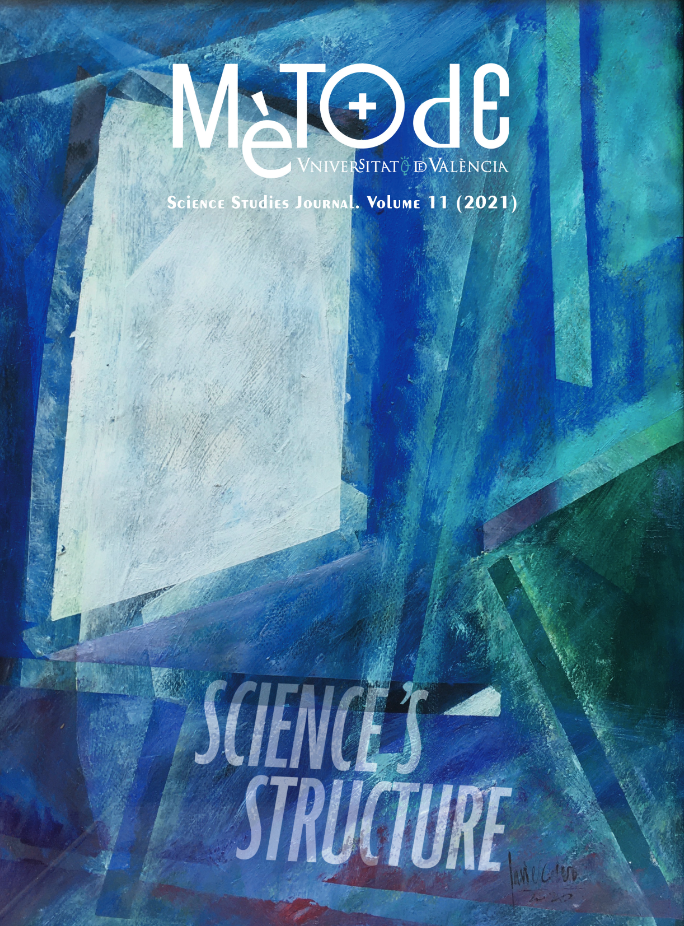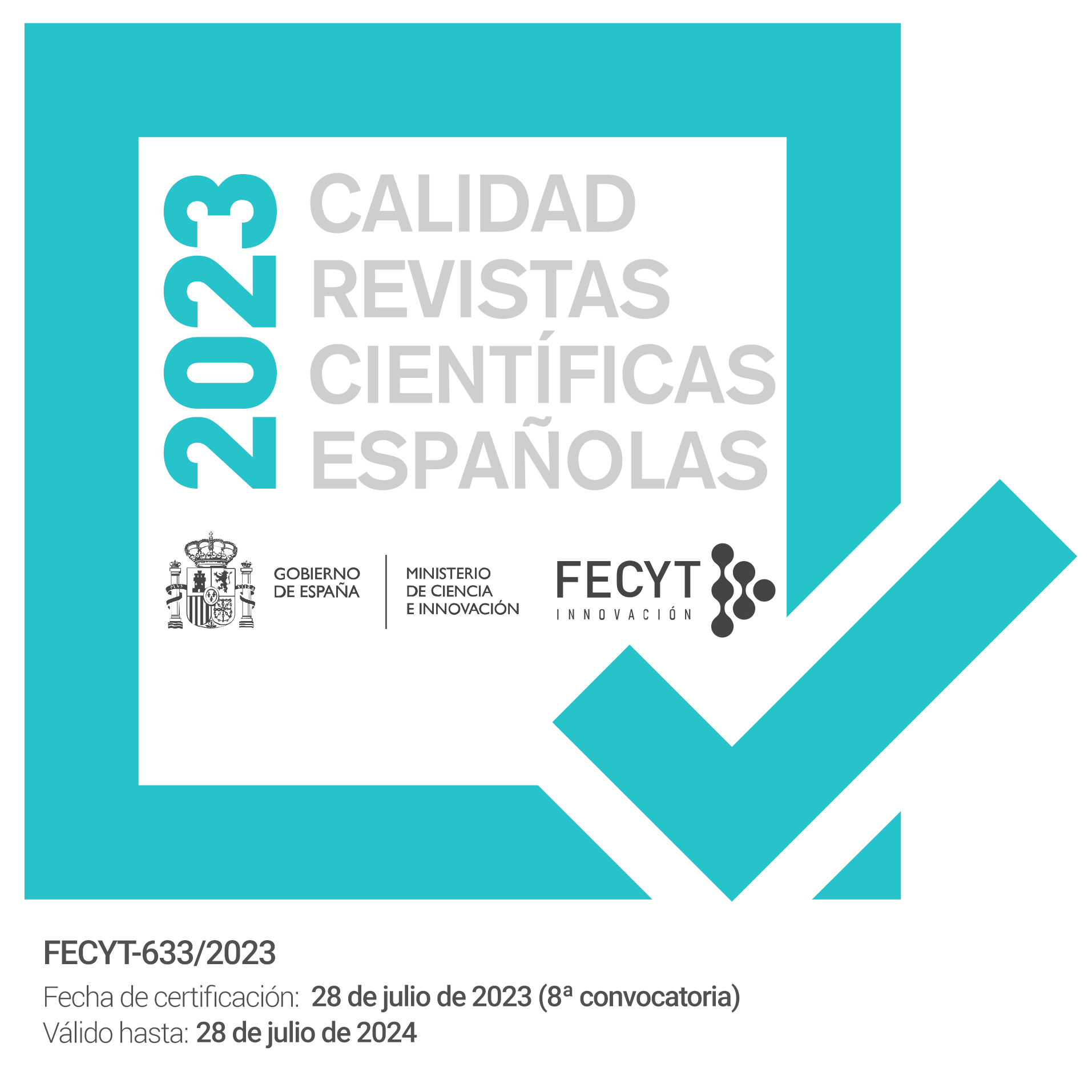Designing disease-resistant crops: From basic knowledge to biotechnology
DOI:
https://doi.org/10.7203/metode.11.15496Keywords:
crops, diseases, biotechnology, food security Abstract
Abstract
Ancient records describe how plant diseases were attributed to many causes, including divine power, religious belief, and superstition. Far from these days, we now have detailed knowledge about how plant immunity is executed. Plants employ two types of sensors to perceive and defeat the litany of pathogenic organisms that attack them, whilst microbes deploy a myriad of specialized weapons to suppress immunity and promote infection. This opens a path to exploiting these insights to increase crop resistance. Here we describe novel biotechnological approaches for designing superior disease-resistant crops to fight agricultural losses in the field while reducing chemical inputs, towards a more sustainable agriculture that ensures food security.
 Downloads
Downloads
 References
References
Biffen, R. H. (1905). Mendel’s laws of inheritance and wheat breeding. The Journal of Agricultural Science, 1(1), 4–48. http://doi.org/10.1017/S0021859600000137
Foster, S. J., Park, T. H., Pel, M., Brigneti, G., Sliwka, J., Jagger, L., van der Vossen, E., & Jones, J. D. G. (2009). Rpi-vnt1.1, a Tm-2(2) homolog from Solanum venturii, confers resistance to potato late blight. Molecular Plant-Microbe Interactions, 22(5), 589–600. http://doi.org/10.1094/MPMI-22-5-0589
Ghislain, M., Byarugaba, A. A., Magembe, E., Njoroge, A., Rivera, C., Román, M. L., Tovar, J. C., Gamboa, S., Forbes, G. A., Kreuze, J. F., Barekye, A., & Kiggundu, A. (2018)). Stacking three late blight resistance genes from wild species directly into African highland potato varieties confers complete field resistance to local blight races. Plant Biotechnology Journal, 17(6), 1119–1129. http://doi.org/10.1111/pbi.13042
Giannakopoulou, A., Steele, J. F. C., Segretin, M. E., Bozkurt, T. O., Zhou, J., Robatzek, S., Banfield, M. J., Pais, M., & Kamoun, S. (2015). Tomato I2 immune receptor can be engineered to confer partial resistance to the oomycete Phytophthora infestans in addition to the fungus Fusarium oxysporum. Molecular Plant-Microbe Interactions, 28(12), 1316–1329. http://doi.org/10.1094/MPMI-07-15-0147-R
Haverkort, A. J., Boonekamp, P. M., Hutten, R., Jacobsen, E., Lotz, L. A. P., Kessel, G. J. T., Vossen, J. H., & Visser, R. G. F. (2016). Durable late blight resistance in potato through dynamic varieties obtained by cisgenesis: Scientific and societal advances in the DuRPh project. Potato Research, 59(1), 35–66. http://doi.org/10.1007/s11540-015-9312-6
Jones, J. D., & Dangl, J. L. (2006). The plant immune system. Nature, 444(7117), 323–329. http://doi.org/10.1038/nature05286
Lacombe, S., Rougon-Cardoso, A., Sherwood, E., Peeters, N., Dahlbeck, D., van Esse, H. P., Smoker, M., Rallapalli, G., Thomma, B. P. H. J., Staskawicz, B., Jones, J. D. G., & Zipfel, C. (2010). Interfamily transfer of a plant pattern-recognition receptor confers broad-spectrum bacterial resistance. Nature Biotechnology, 28(4), 365–369. http://doi.org/10.1038/nbt.1613
National Academies of Sciences, Engineering and Medicine. (2016). Genetically engineered crops: Experiences and prospects. The National Academies Press. http://doi.org/10.17226/23395
Oerke, E. (2006). Crop losses to pests. The Journal of Agricultural Science, 144(1), 31–34. http://doi.org/10.1017/S0021859605005708
Oliva, R., Ji, C., Atienza-Grande, G., Huguet-Tapia, J. C., Perez-Quintero, A., Li, T., Eom, J.-S., Li, C., Nguyen, H., Liu, B., Auguy, F., Sciallano, C., Luu, V. T., Dossa, G. S., Cunnac, S., Schmidt, S. M., Slamet-Loedin, I. H., Vera Cruz, C., Szurek, B., … Yang, B. (2019). Broad-spectrum resistance to bacterial blight in rice using genome editing. Nature Biotechnology, 37(11), 1344–1350. http://doi.org/10.1038/s41587-019-0267-z
Ortigosa, A., Gimenez-Ibanez, S., Leonhardt, N., & Solano, R. (2018). Design of a bacterial speck resistant tomato by CRISPR/Cas9-mediated editing of SlJAZ2. Plant Biotechnology Journal. http://doi.org/10.1111/pbi.13006
Rodriguez-Moreno, L., Song, Y., & Thomma, B. P. (2017). Transfer and engineering of immune receptors to improve recognition capacities in crops. Current Opinion in Plant Biology, 38, 42–49. http://doi.org/10.1016/j.pbi.2017.04.010
Segretin, M. E., Pais, M., Franceschetti, M., Chaparro-Garcia, A., Bos, J. I. B., Banfield, M. J., & Kamoun, S. (2014). Single amino acid mutations in the potato immune receptor R3a expand response to Phytophthora effectors. Molecular Plant-Microbe Interaction, 27(7), 624–637. http://doi.org/10.1094/MPMI-02-14-0040-R
Downloads
Published
How to Cite
-
Abstract1605
-
PDF444
-
(Español)2
Issue
Section
License
![]()
All the documents in the OJS platform are open access and property of their respective authors.
Authors publishing in the journal agree to the following terms:
- Authors keep the rights and guarantee Metode Science Studies Journal the right to be the first publication of the document, licensed under a Creative Commons Attribution-NonCommercial-NoDerivatives 4.0 International License that allows others to share the work with an acknowledgement of authorship and publication in the journal.
- Authors are allowed and encouraged to spread their work through electronic means using personal or institutional websites (institutional open archives, personal websites or professional and academic networks profiles) once the text has been published.






